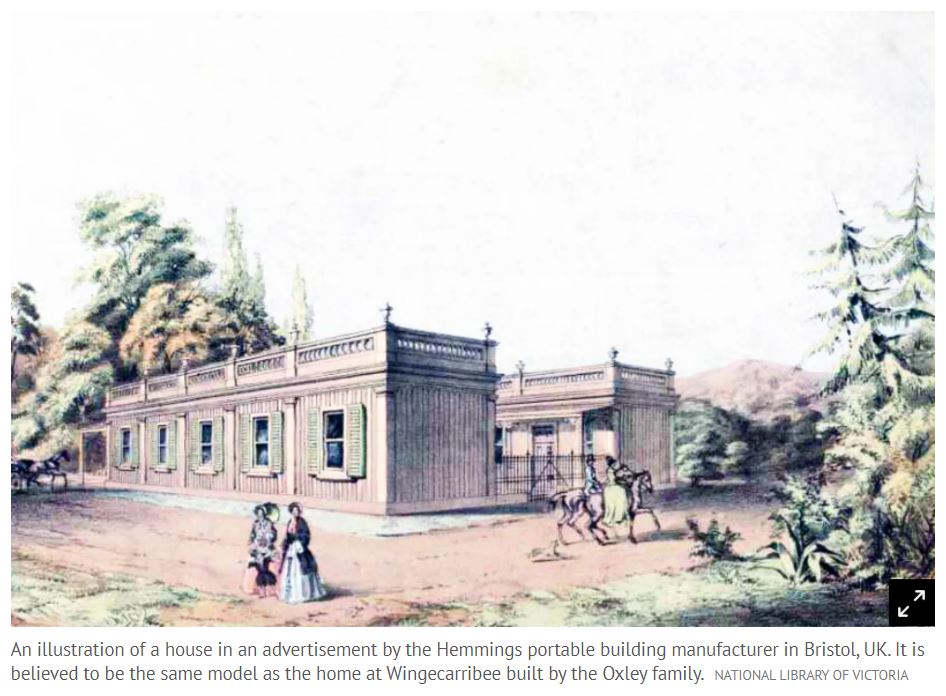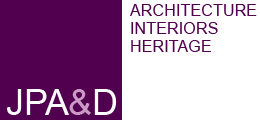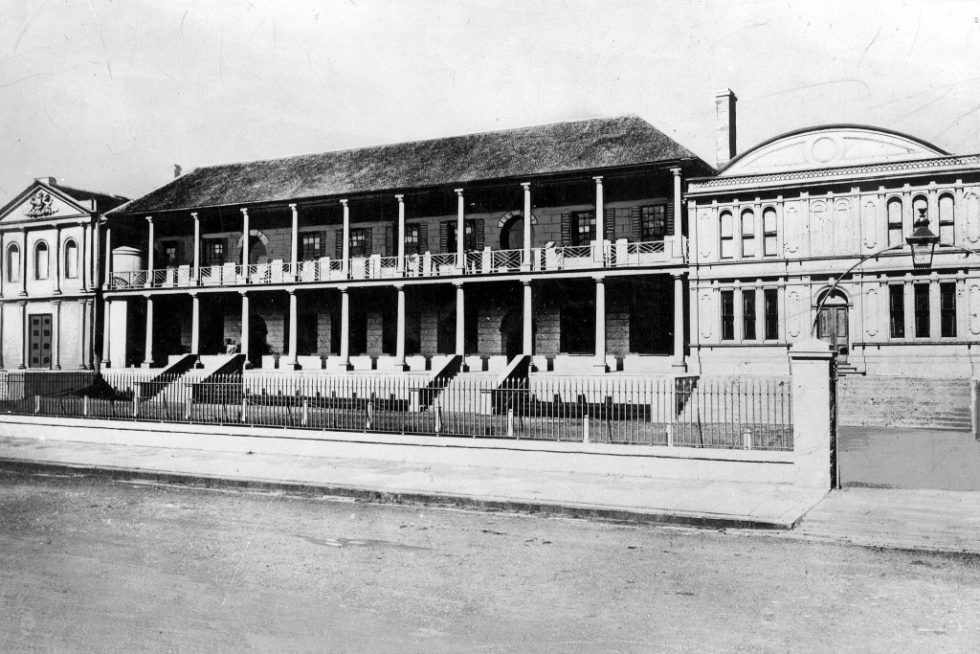
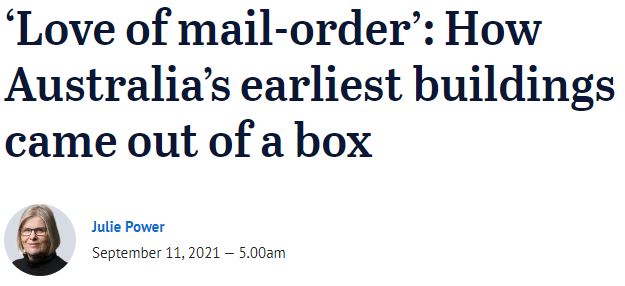
Nearly 200 years before any couple tested a relationship by trying to assemble an IKEA flat-packed Billy bookshelf, prefabricated and portable buildings – including NSW’s Legislative Council – flooded into Australia.
Shipped from the United Kingdom, Singapore and Germany in wooden crates, some of these buildings came with instructions. Others didn’t.
These portable buildings were part of a Victorian-era “love of mail-order”, according to NSW Parliament’s collections and heritage co-ordinator Wes Stowe. A catalogue advertising the building that ended up becoming NSW’s upper house included fences, warehouses, dwellings, arcades, government buildings and military barracks.
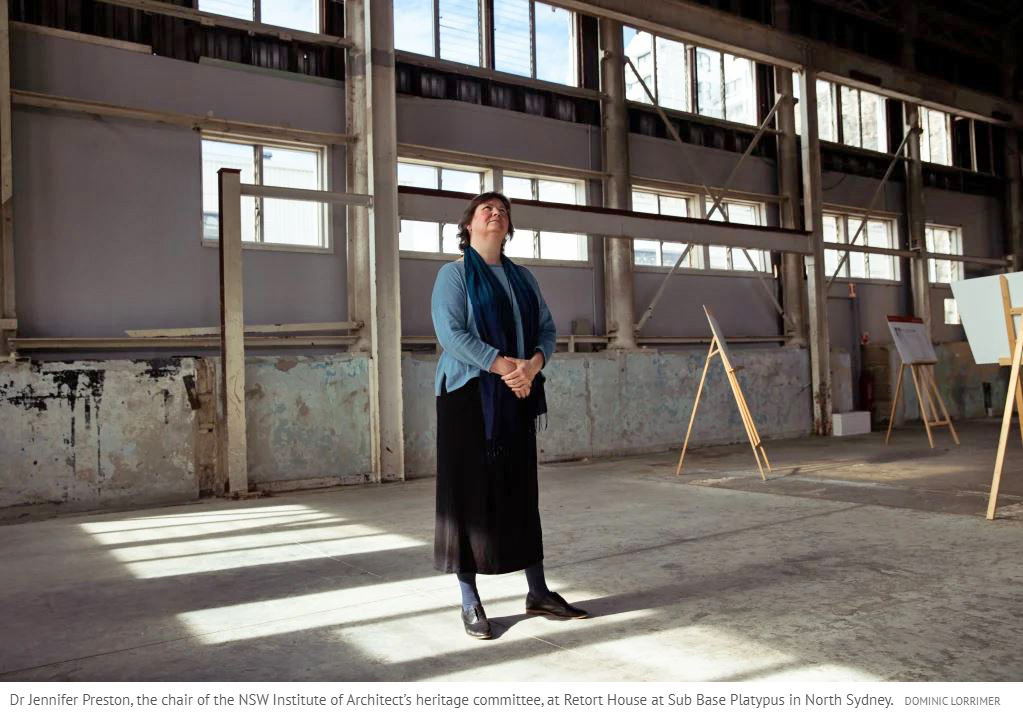
Australia has more surviving examples of these 19th-century portable buildings than anywhere else in the world. It is estimated that 117 still exist across Australia, including around 17 in NSW.
“Elsewhere, almost none survive,” said Professor Miles Lewis, an architectural historian from the University of Melbourne who has been studying innovation and technology in architecture for decades.
He is part of an international lobby group that is campaigning for these portable buildings to be listed as a group on UNESCO’s world heritage list of treasures alongside the Opera House.
“We take the view that [the buildings] are as much as part of Britain and Germany’s history as they are of our history,” said Professor Lewis. “It is like the Parthenon. It is important to humanity,” said Professor Lewis.
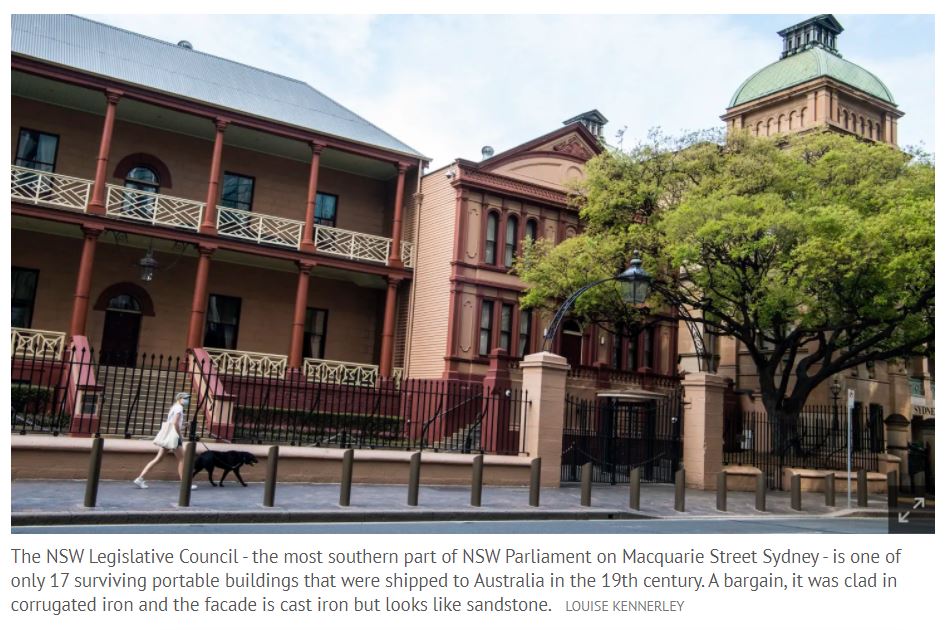
Together, they represented an “international phenomenon of historical, economic and technical significance,” the group argues. Prefabrication stimulated new building techniques, prompting a range of patents.
For NSW, the mail-order council building was also a “good deal” at 1200 pounds, said Mr Stowe. NSW purchased it from a Victorian company that had paid 4000 pounds to import it from Scotland intending to store grain.
Intended as a temporary building, labourers worked night and day to ensure it was ready for the first sitting of the new parliament, with two chambers, on May 22, 1856.
Dr Jennifer Preston, the chair of the NSW Institute of Architect’s heritage committee, said the history of these buildings was intriguing.
NSW’s collection includes two cottages in Hunters Hill, called Carey and The Chalet, and the home of the Oxley family outside Bowral, known as Wingecarribee House. The latter was imported as a package deal including folding shutters, doors and marble fireplaces. Many were used as factories, including the Retort House at Sub Base Platypus park at Neutral Bay and the Grissell Building (now located on the old ACL site).
Many used tricks to make them look expensive, or were finely detailed, said Dr Preston. The supporting columns at Retort House have intricately detailed capitals and bases, she said. This was typical of Victorian industrial design. “It is lovely inside,” she said. Because they were portable, buildings like Grissell had moved over time. It is believed it was originally used for brewing on the Tooth site at Broadway, but Dr Preston said they were still looking for conclusive documentary proof.
Other prefabricated buildings used Victorian-era tricks to make them look more expensive. The legislative council, for example, appears to be made from Sydney sandstone. But Dr Preston said the facade is cast iron, which was finished to look like rendered masonry. According to research by Professor Lewis, some portable buildings arrived with instructions, including Roman numerals or markings.

Wooden portable houses exported to Melbourne during the gold rush were often stamped with Chinese characters. Professor Lewis wrote these included, ‘Lee’, which might refer to the maker, and terms like ‘double’, ‘connection’, ‘secure” and fixed’ that could refer to the method of assembly. They also included Chinese characters, including the words for ‘moon’, ‘sun’, ‘pearl’, ‘road’, ‘horse’, ‘bee’, ‘egg’, ‘vegetable’, ‘fruit’, ‘surplus’, ‘hero’, ‘prosperous’, ‘bitter’, that he thought could have provided some sort of sequence for identifying components.
At Wingecarribee, the struts were lettered from A to D, with A always being at the bottom with uprights numbered to correspond. Though the exterior was made of corrugated iron, it was said to be a grand home.
A member of the Oxley family wrote that the materials were imported “ready fitted, with a view to saving expense”. “The experiment turned out to be a very troublesome and unsatisfactory one, and little or no saving on the cost of erecting an ordinary brick one.“ Not all the finished buildings resembled the images promoted in the mail-order catalogues, selling everything from fences to churches, said Mr Stowe. “It is kind of like when you get Ikea furniture. And you look at the leftover bit, and you think, ‘Where do you fit?’”
